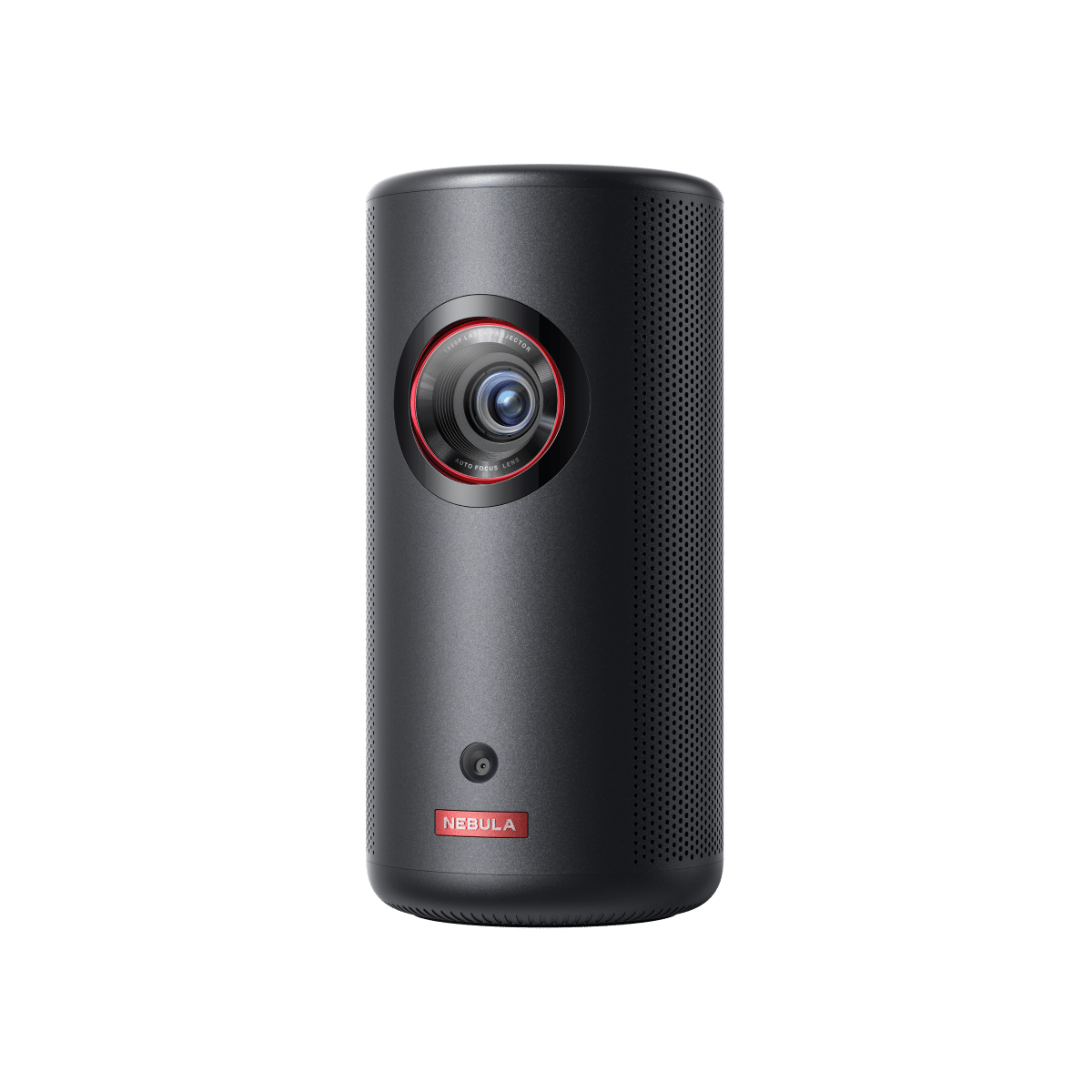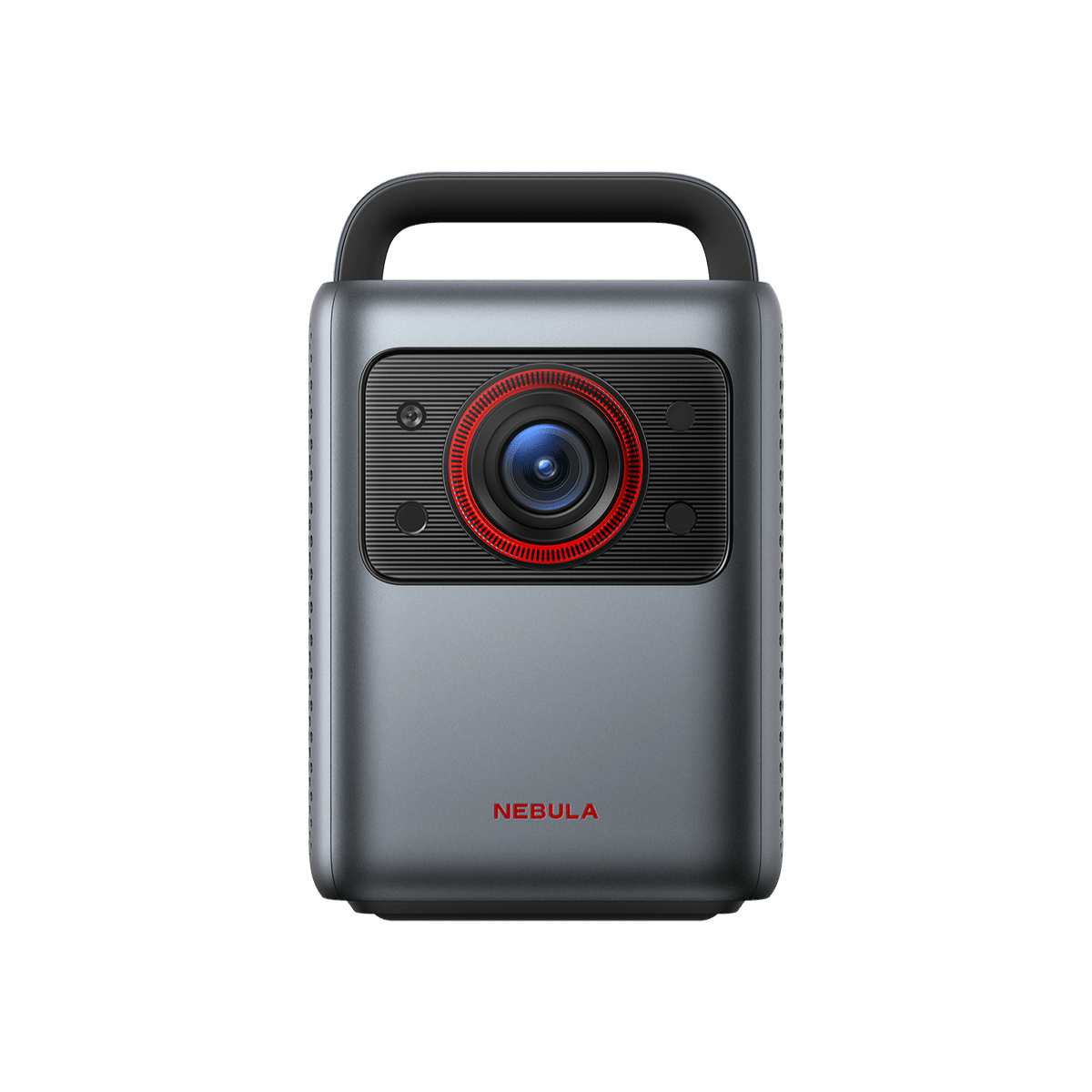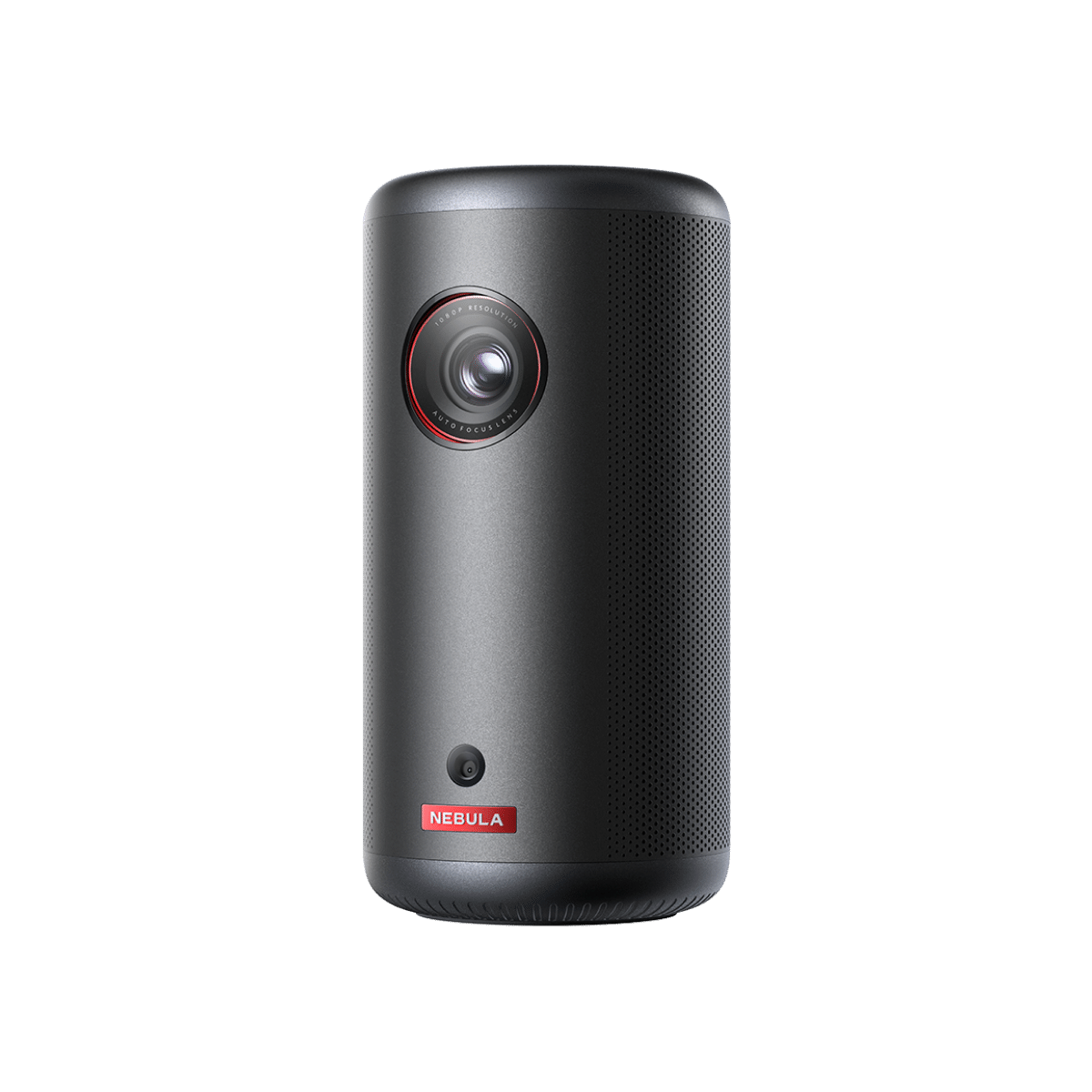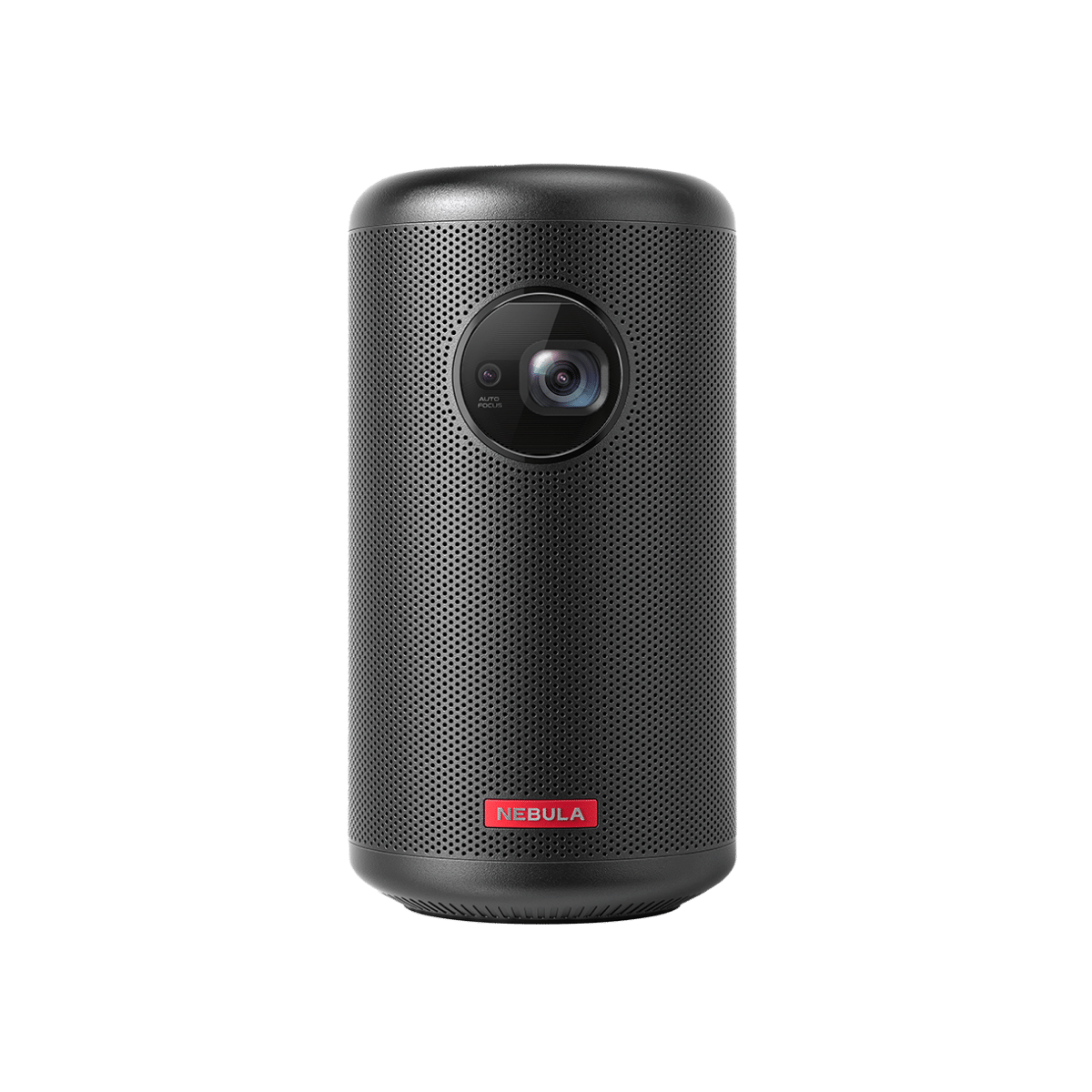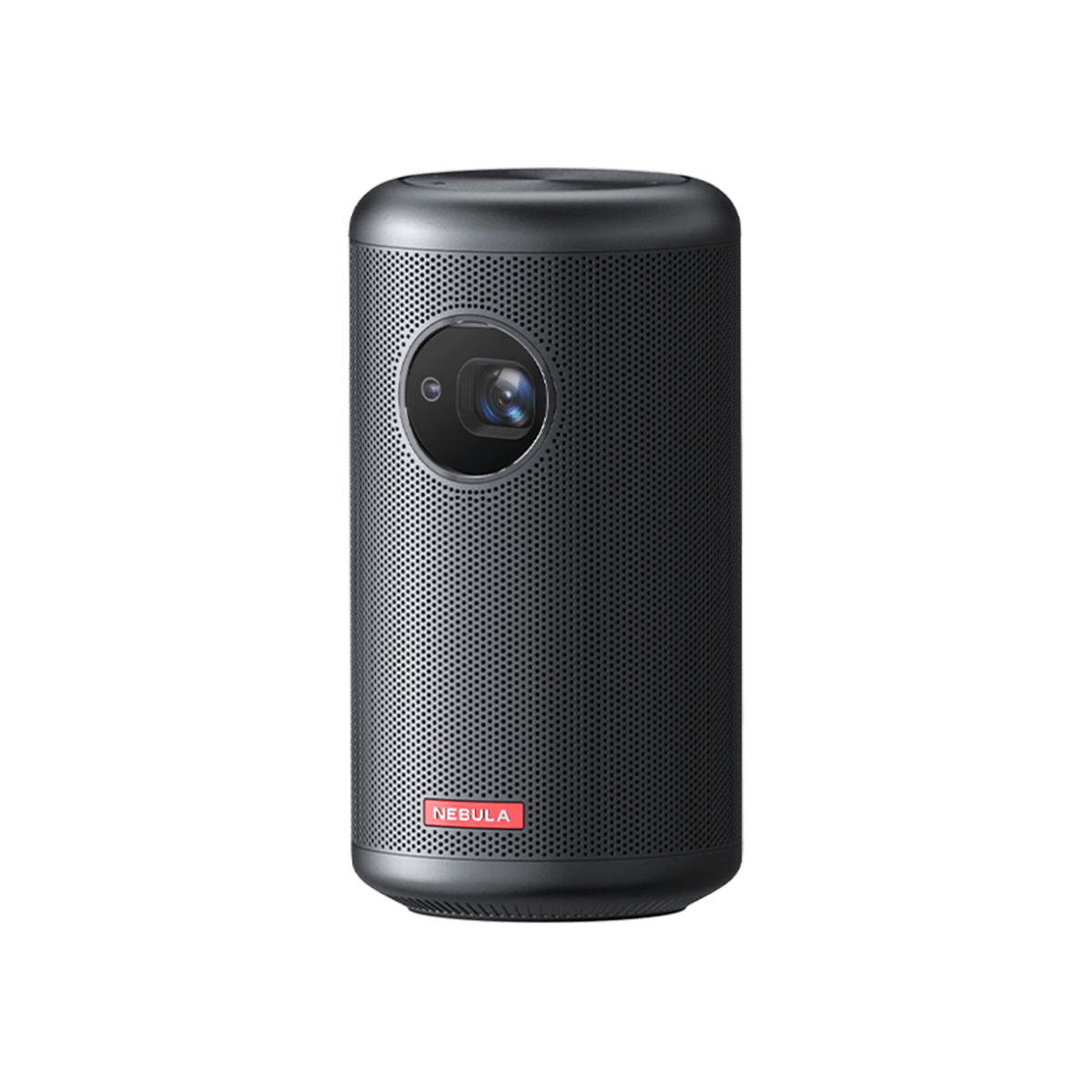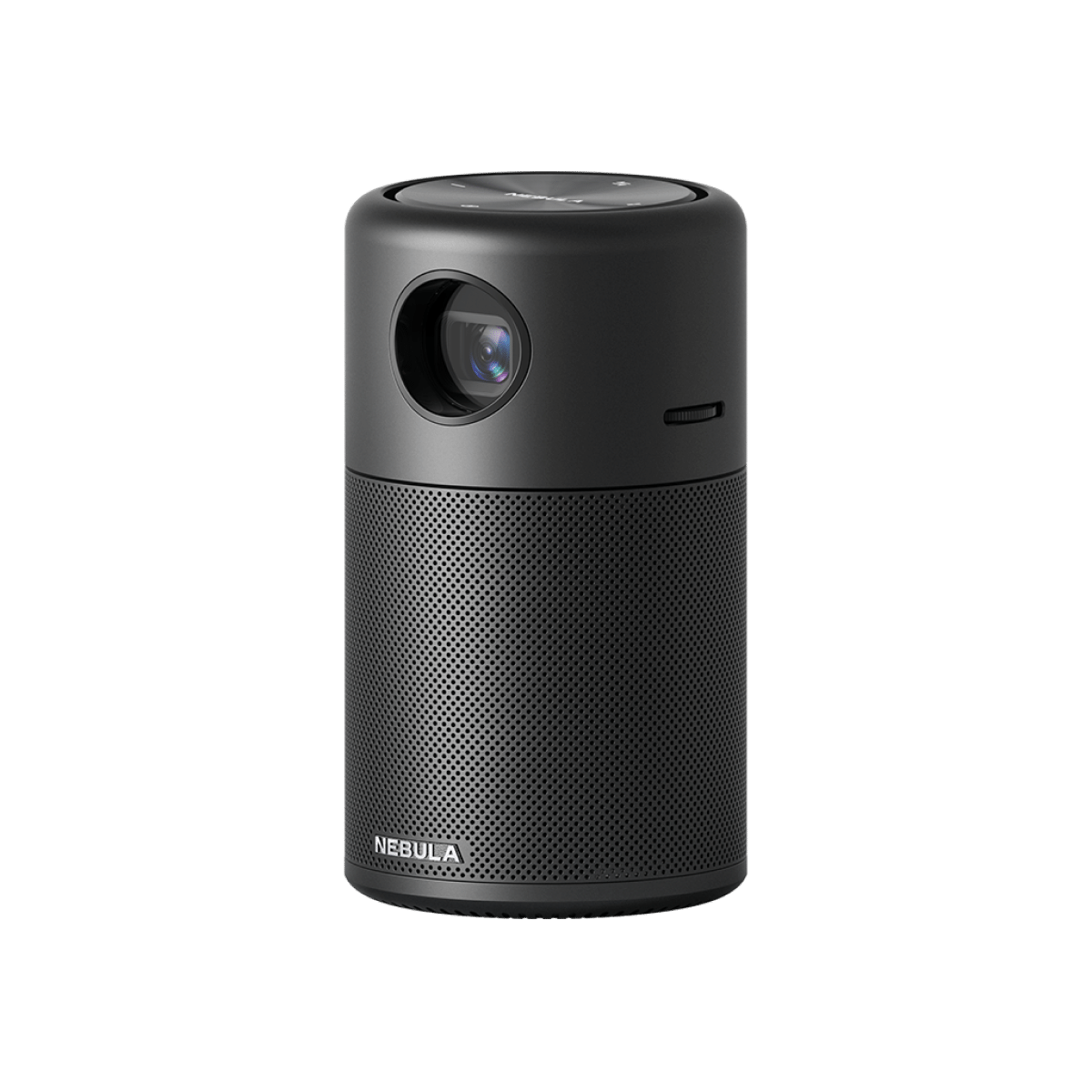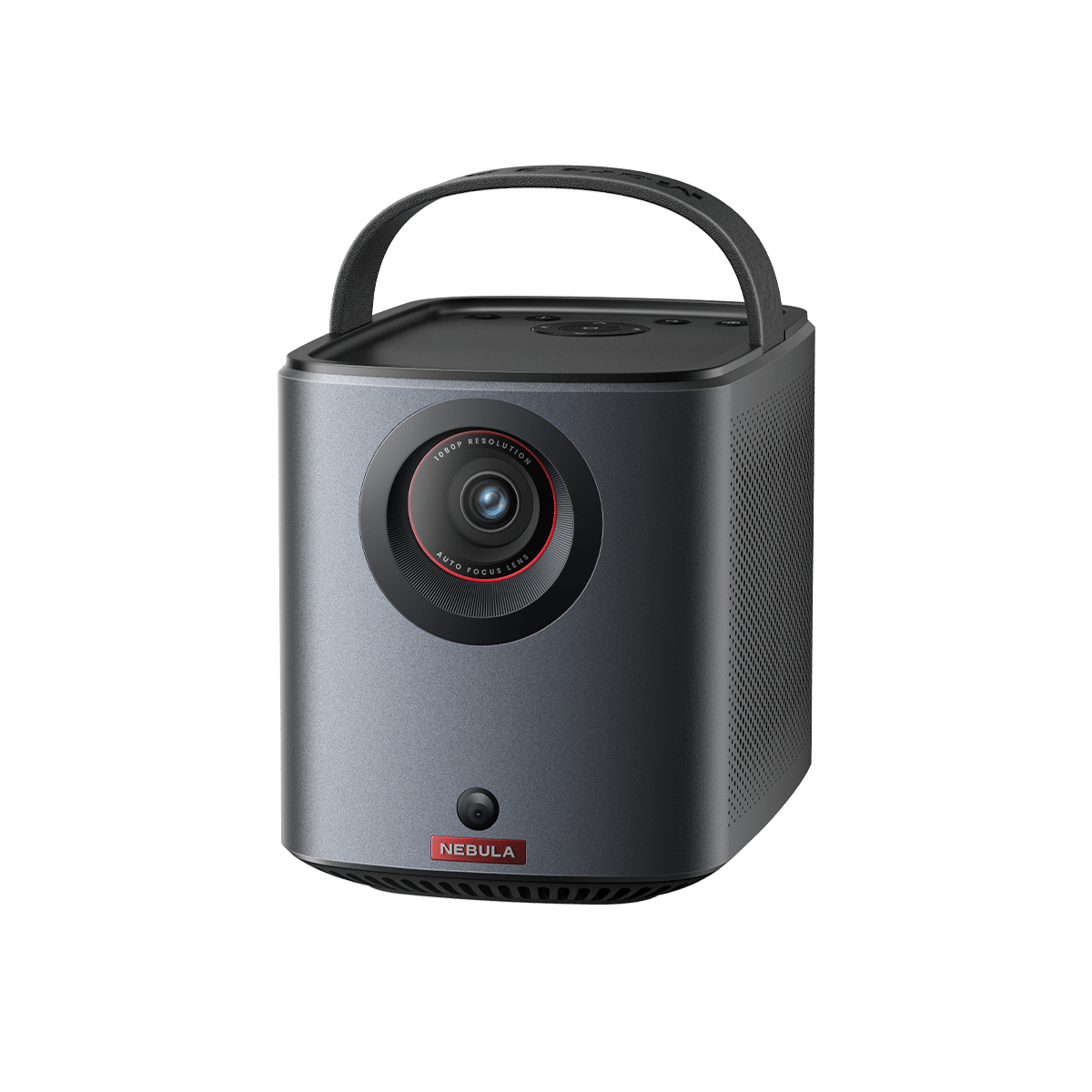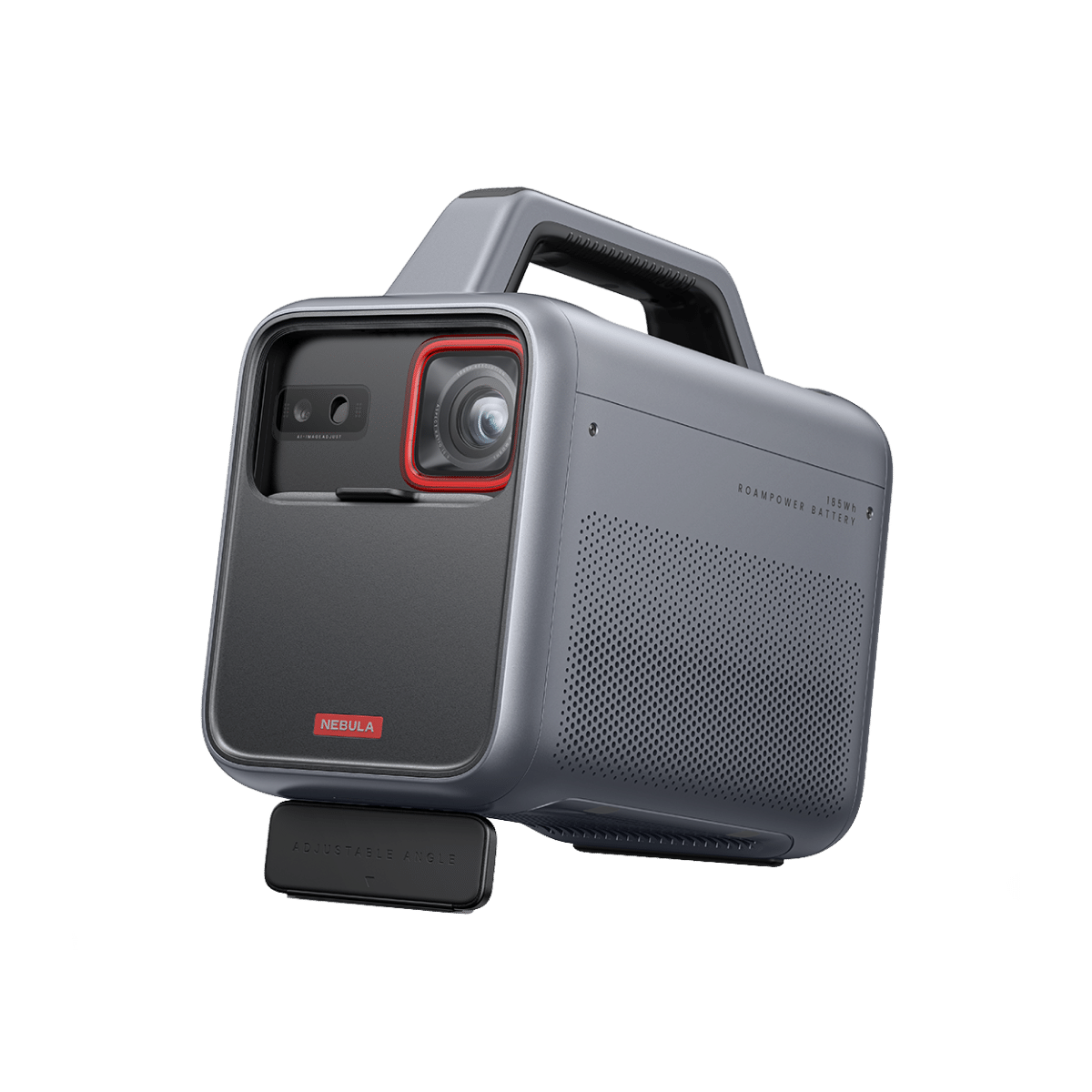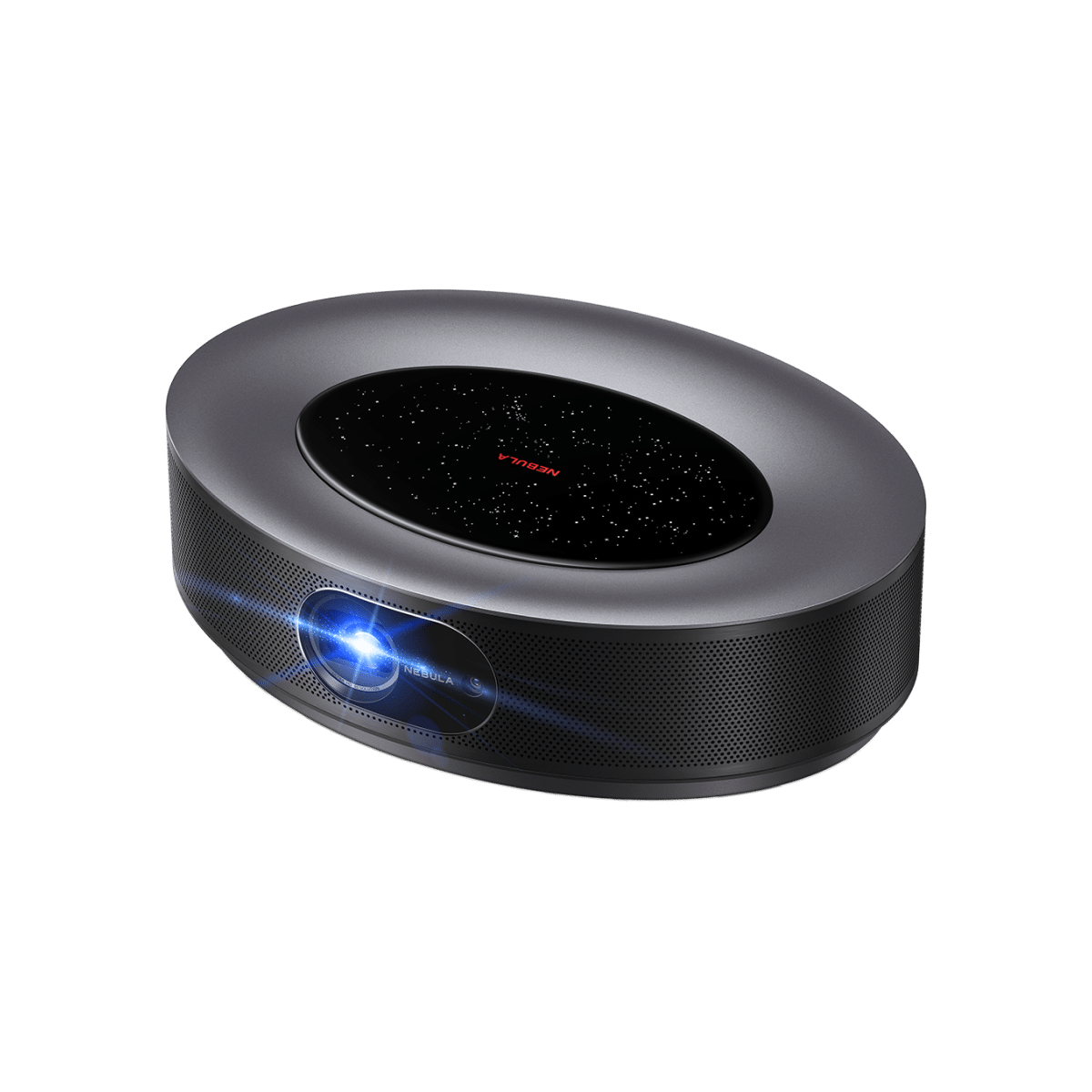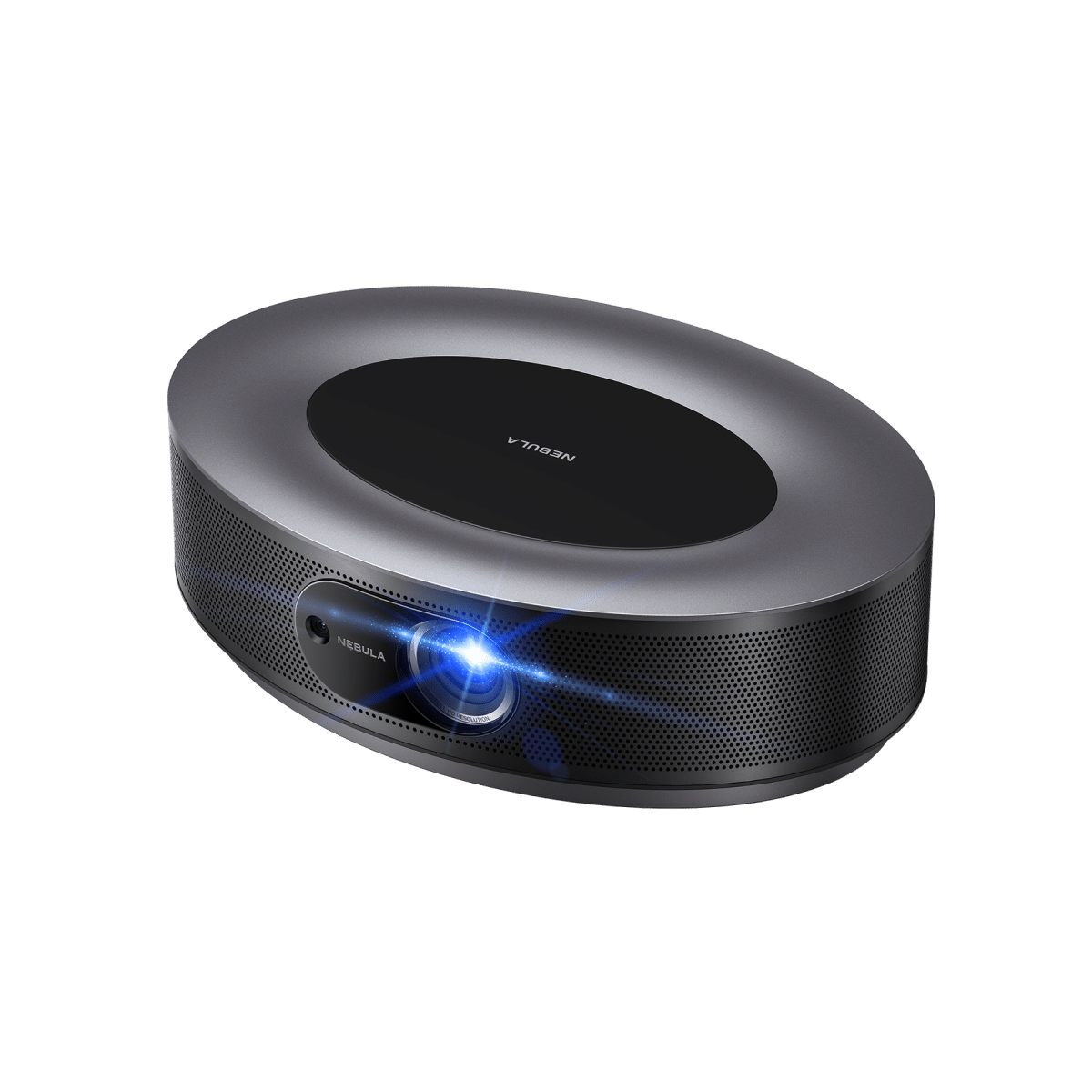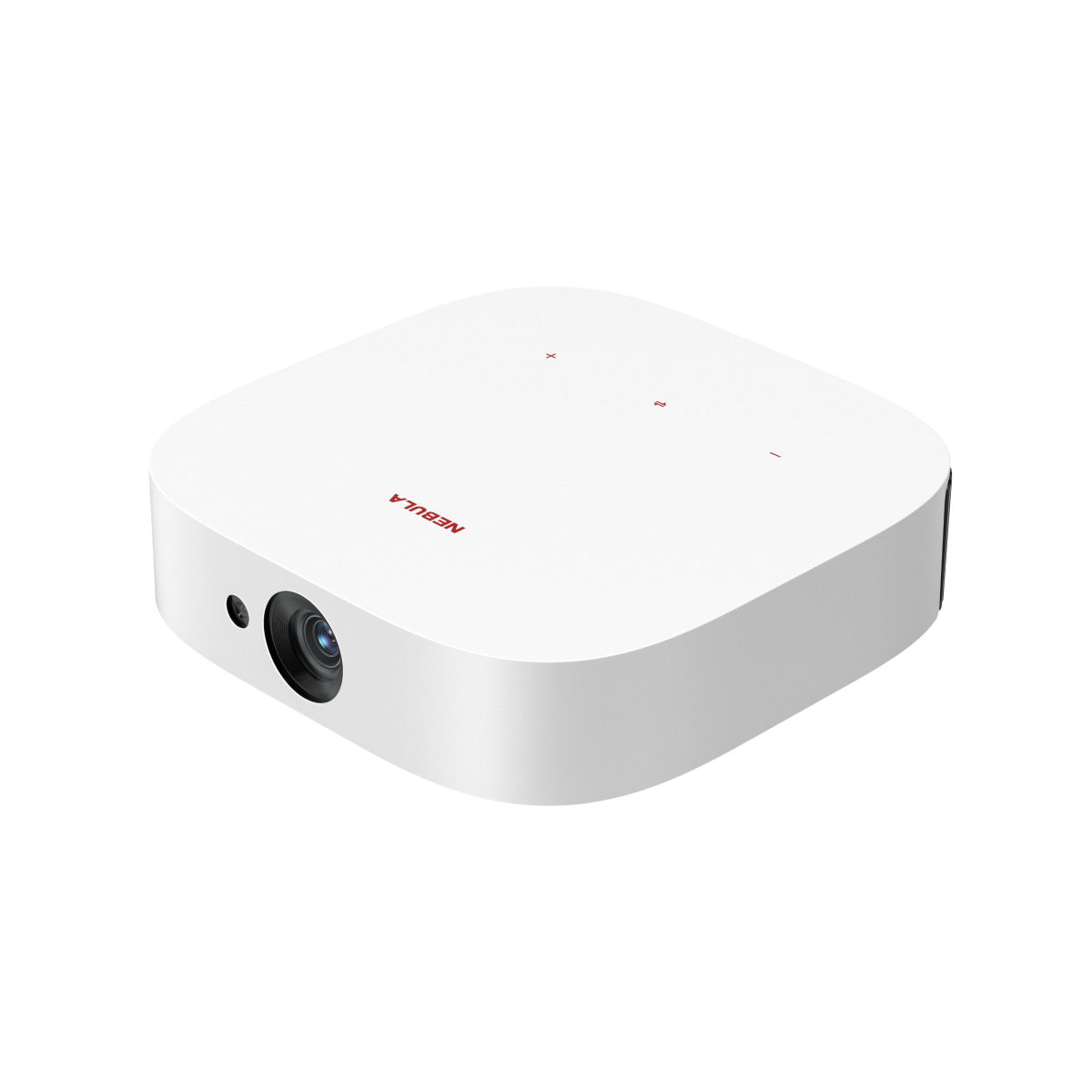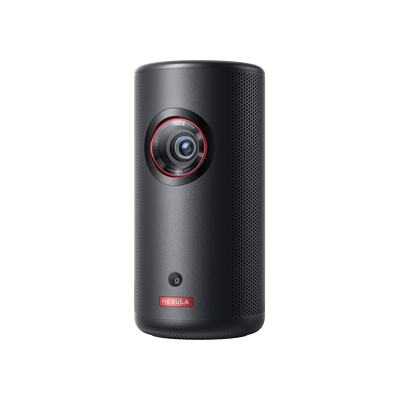Projectors have revolutionized the way we experience entertainment and convey information, creating immersive cinematic moments and dynamic presentations. But as you venture into the world of projectors, you're likely to encounter a fundamental question: Do you need a screen for a projector?
In this comprehensive guide, we'll explore the necessity of projector screens, their purpose, and the various types available, and help you draw a well-informed conclusion on whether a projector screen is essential for your specific needs. Whether you're setting up a home theater, delivering a crucial presentation, or simply seeking the best viewing experience, let's embark on a journey to uncover the projector screen's role in enhancing your visual endeavors.

Is a Projector Screen Necessary?
A projector screen is not always necessary, but its use depends on your specific needs and conditions. For more casual or portable setups, projecting onto a blank wall or a white surface may suffice, allowing you to forgo the expense and setup of a dedicated screen. However, if you prioritize optimal image quality, especially in a dedicated space, or need to counteract ambient light, a projector needs a screen.
Why Do You Need a Projector Screen?
If you are still wondering “Do I need a screen for a projector?”, you are in the right place. We will explain why using a projector screen instead of just projecting onto a wall or other surface offers several advantages:
Better Image Quality: A projector screen is specially designed to reflect light back to the audience in a uniform manner. This means colors appear more vibrant, contrast is enhanced, and the overall image looks sharper and clearer.
Optimized Surface: Unlike a regular wall, which might have bumps, imperfections, or color inconsistencies, a projector screen provides a smooth, consistent surface. This ensures that the projected image doesn't have distortions due to wall imperfections.
Gain: Projector screens are designed to amplify the light projected onto them. This means that the image can appear brighter than it would if projected onto a matte wall.
Viewing Angle: Quality projector screens are designed to provide wide viewing angles, so that the image remains clear and consistent even if you're viewing it from a sharp angle.
Aspect Ratio: Projector screens come in specific aspect ratios (like 16:9 for widescreen content). This ensures that the projected content fills the screen perfectly without unnecessary letterboxing or pillarboxing.
Portability and Flexibility: There are portable screens available that can be folded up and taken on the go, making them perfect for presentations, outdoor movie nights, or other events.
Ambient Light Rejection (ALR): Some advanced screens are designed to reject ambient light from sources other than the projector. This means you can use the projector in rooms with more ambient light while still enjoying a clear, vibrant image.
Easy to Clean: Unlike a wall that might need repainting if it gets marked, a projector screen is often easier to clean and maintain.
While projecting onto a wall or other surface can work in a pinch, using a dedicated projector screen ensures the best image quality and overall viewing experience. If you're investing in a projector like Nebula Astro for regular use, a projector screen will make a difference.
Although the Astro is designed to project clear and vibrant visuals, pairing it with a screen guarantees that the projected images and videos maintain top-notch quality, devoid of disturbances from surroundings and unwanted reflections. This enhances the viewer's experience, recreating the feel of a cinema in your desired setting.

Types of Projector Screens
Building on our earlier discussion, we know that projector screens matter. If you're considering an investment in one, we provide a projector screen buying guide for your assistance. Here are various types of projector screens available, each designed for specific purposes and settings. Let's explore some common types:
Fixed Frame Screens
Fixed Frame Screens are designed for permanent installations, typically in home theaters, dedicated conference rooms, or auditoriums. As the name suggests, these screens have a fixed, rigid frame, usually made of aluminum or another lightweight material. The screen material is stretched over this frame, ensuring a taut and perfectly flat surface for projection. This guarantees optimal image quality without any distortions or wrinkles. For installation, simply mount the frame to a wall or stand. Once it's set up, no further adjustments are needed.
Motorized Screens
Motorized Screens are retractable screens that can be rolled up or down using an electronic motor. They can be mounted on walls or ceilings and are perfect for multi-functional rooms where the screen isn't always needed. Using a remote control or an integrated control system, users can extend the screen when it's time for a presentation or movie and retract it afterward to save space or maintain the room's aesthetics. Some advanced models are integrated into home automation systems, allowing them to be controlled via smartphone apps or voice commands.
Manual Pull-Down Screens
Manual Pull-Down Screens operate similarly to motorized screens but, as the name indicates, they are manually operated. These are usually hung from walls or ceilings. When using it, simply pull the screen down to the desired length, and a mechanism will hold it in place. When done, you can release the latch, and the screen will retract, usually with the aid of a spring-loaded system. They're often used in classrooms, conference rooms, and spaces where a simple, cost-effective solution is needed.
Portable Screens
Portable Screens offer a flexible solution for on-the-go projections. Perfect for traveling presentations, outdoor movie events, or any temporary setup, they stand on tripods or simple frames, making them quick to assemble and disassemble. Some variations include pull-down mechanisms or even inflatable structures. Once you position them securely, you can project your content directly. After the show, they neatly fold or roll into their carrying cases for effortless transport.
Tab-Tensioned Screens
Tab-Tensioned Screens elevate the projection experience by ensuring a consistently flat, wrinkle-free surface. While they operate similarly to regular motorized or pull-down screens, what sets them apart is their unique tensioning system. Tabs and wires stretch across the screen, maintaining tension and preventing any distortions. This meticulous design guarantees unparalleled image clarity and quality, making them the go-to for situations demanding the utmost in visual precision.
Conclusion
In conclusion, whether a projector screen is necessary depends on your specific needs and expectations. Projector screens can significantly improve image quality, size, and flexibility, making them essential for certain scenarios. Understanding the different types of projector screens and their advantages can help you make an informed decision.
Remember that while budget-friendly projector screens have their place, investing in a higher-quality screen can provide a more satisfying and durable viewing experience, especially for avid movie enthusiasts and professionals. Ultimately, the choice of whether to use a projector screen boils down to your priorities, budget, and the specific requirements of your setup.
FAQ
When Should You Use a Projector Screen?
Projector screens should be used when you require enhanced image quality, larger image sizes, better control over lighting, or portability. They are essential for home theaters, presentations in varying lighting conditions, and situations where you need to create a professional and consistent viewing or presentation area.
How Much Do Projector Screens Cost?
The cost of projector screens varies depending on factors such as size, type, and brand. Manual pull-down screens can start at around $50, while high-end screens can cost $1,000 or more. Motorized and fixed frame screens fall within a similar price range, while portable screens are often budget-friendly, starting at $50.
Are Cheap Projector Screens Worth It?
Cheap projector screens can be worth it for those on a tight budget or for temporary use. However, they may not offer the same image quality, durability, or features as higher-end screens. Consider your specific needs and expectations when deciding whether a budget-friendly projector screen is suitable for your setup.
